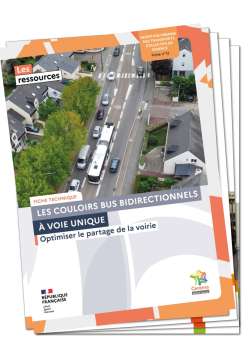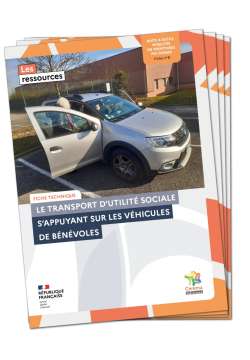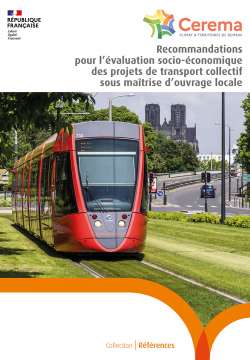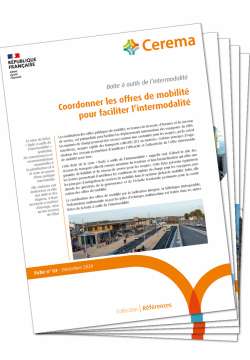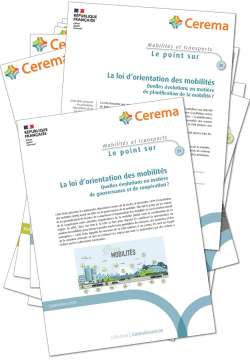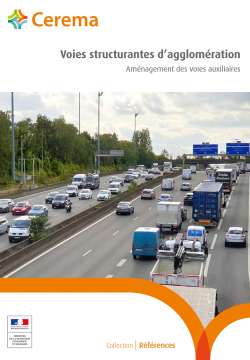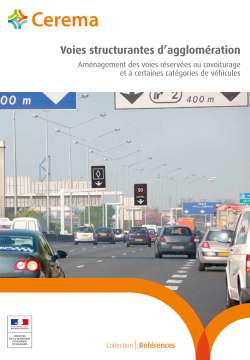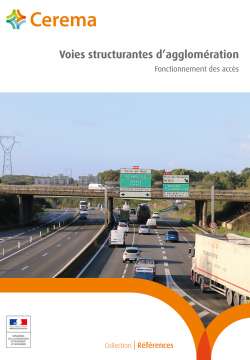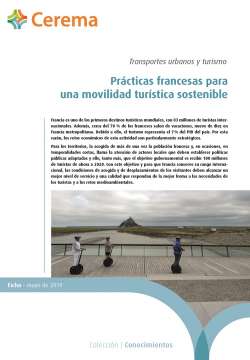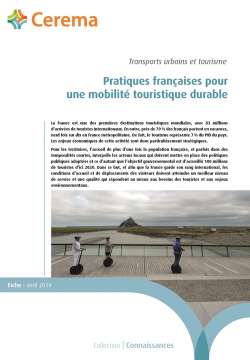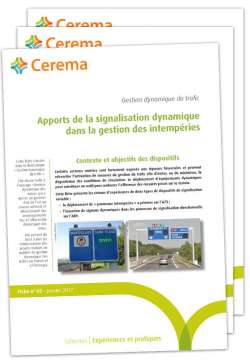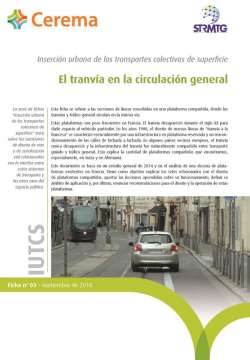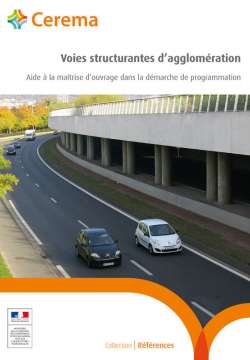
Urban structuring roads - Planning lanes reserved for regular public transport services
The present guide is the technical framework for designing VRTCs, which are lanes reserved for vehicles providing regular public transport services, as governed by the French transport code (L3111-1 to 25).
These lanes are built on 90 km/h and 110 km/h urban structuring roads. Except in special cases, they are positioned on the former hard shoulder.
The main aim of creating reserved lanes is to improve the efficiency of the transport system and increase vehicle occupation, notably by developing public transport services, with the prospect of environmental gains.
The document published in December 2013 entitled Voies structurantes d’agglomération - Aménagement des voies réservées [Urban structuring roads - planning reserved lanes] provides readers with a point of reference regarding the methods and design choices for reserved lanes in various configurations.
The present guide is the technical framework for designing VRTCs, which are lanes reserved for vehicles providing regular public transport services, as governed by the French transport code (L3111-1 to 25). These lanes are built on 90 km/h and 110 km/h urban structuring roads. Except in special cases, they are positioned on the former hard shoulder.
Chapter 1 - Introduction
Chapter 2 - Overview
Chapter 3 - Traffic signing and road marking
Chapter 4 - Visibility
Chapter 5 - Horizontal and vertical alignment
Chapter 6 - Cross-section
Chapter 7 - VRTC design at interchanges
Chapter 8 - Equipment and user services
Chapter 9 - Operation
Chapter 10 - Appendices
Bibliography
Terminology
Abbreviations
Table of contents


